You crushed yesterday’s workout, and now your legs feel like jello. Sound familiar? Your body’s screaming for rest, but sitting on the couch all day doesn’t feel quite right either. Here’s the thing. You don’t have to choose between doing nothing and going all-out.
That is what recovery matters! Think of it as giving your muscles a gentle massage while keeping your body happy and moving. No heavy weights, no gasping for air, just easy movement that helps you bounce back faster.
Your rest day workout routine doesn’t need to be complicated or time-consuming. We’re talking about simple, feel-good movements that’ll have you saying “ahh” instead of “ouch.” Ready to turn your rest days into recovery gold? Let’s dive in.
Why Your Rest Day Workout Routine Matters More Than You Think

Skip this if you want, but here’s what happens when you do nothing after intense workouts:
- Blood pools in your muscles (hello, stiffness)
- Waste products just sit there, making you achy
- Your joints get tight and cranky
- Recovery takes forever
Light movement fixes all of this. It’s like hitting the refresh button on your body.
What active recovery does:
- Pumps fresh blood to tired muscles
- Flushes out the junk that makes you sore
- Keeps your joints moving smoothly
- Actually makes you feel better
Think of it as maintenance for your body. You wouldn’t skip oil changes for your car, right?
7 Rest Day Workout Routines That Actually Work
1. The Morning Stretch Fix (15 minutes)
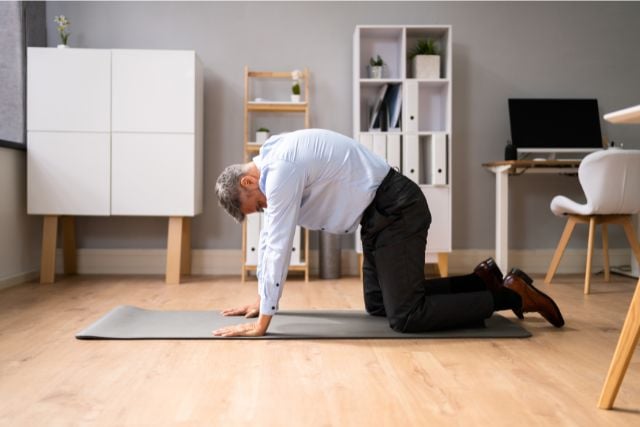
When to do it? First thing in the morning, when everything feels tight
What you’ll do:
- Cat-cow stretches: 10 slow reps
- Child’s pose: Hold for 2 minutes
- Hip circles on hands and knees: 10 each way
- Gentle spinal twists lying down: 1 minute each side
- Legs up the wall: 5 minutes
- Deep breathing: 3 minutes
Why does it work? Wakes up your spine and gets everything moving after 8 hours of being still.
Here is a pro tip: Move slow. This isn’t a race.
Enhance flexibility and prevent injuries with our guide to effective Stretching Exercises.
2. The Walk and Talk (20-30 minutes)
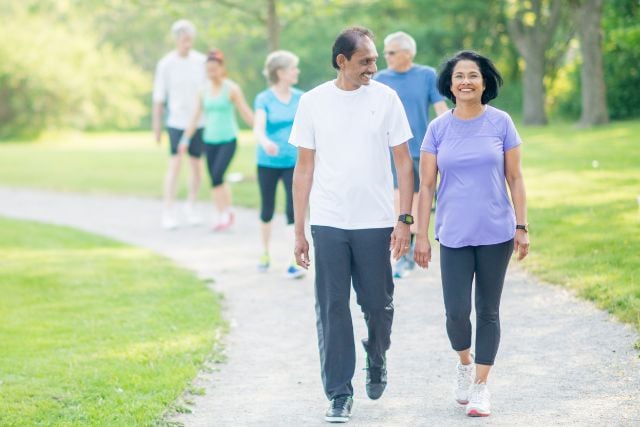
When to do it? Anytime you need fresh air and headspace.
What you’ll do:
- Walk at a pace where you can easily chat
- Swing your arms naturally
- Take the scenic route
- Stop and stretch your calves against a tree if they’re tight
Why does it work? Walking is the perfect recovery exercise. It’s gentle, gets blood moving, and clears your head.
How to make it a little bit better? Leave your phone at home. Just walk and think.
3. The Pool Session (25 minutes)
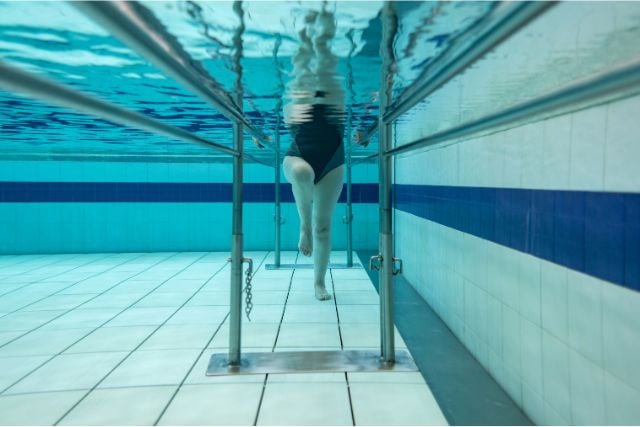
When to do it? Hot days or when your joints need extra love.
Your routine:
- Easy water walking: 5 minutes (forward, backward, sideways)
- Arm circles in chest-deep water: 2 minutes
- Leg swings, holding the pool edge: 10 each leg
- Gentle swimming (any stroke): 10 minutes
- Float and relax: 5 minutes
Why does it work? Water supports your weight while giving gentle resistance. It’s like a full-body massage.
4. The Foam Roll Session (15 minutes)
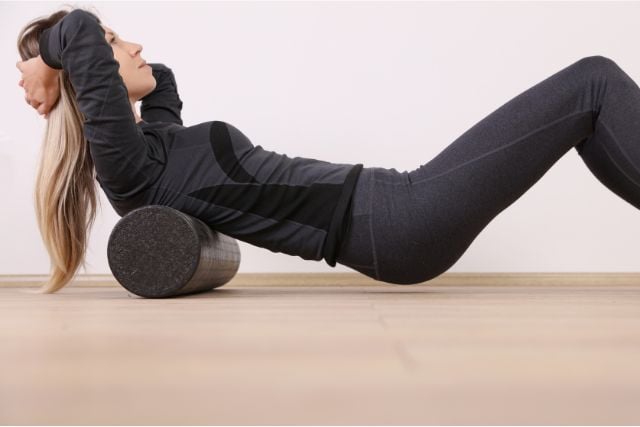
When to do it? When specific spots are killing you.
Hit these areas:
- Calves: 2 minutes (roll slow, pause on sore spots)
- Hamstrings: 2 minutes
- Quads: 3 minutes (this might hurt—go easy)
- Glutes: 3 minutes
- Upper back: 3 minutes
- IT band: 2 minutes (go light here)
The rules:
- Tender is okay, sharp pain means stop
- Breathe through it
- Drink water after
Why does it work? Breaks up knots and gets blood flowing to stubborn spots.
5. The Living Room Flow (20 minutes)
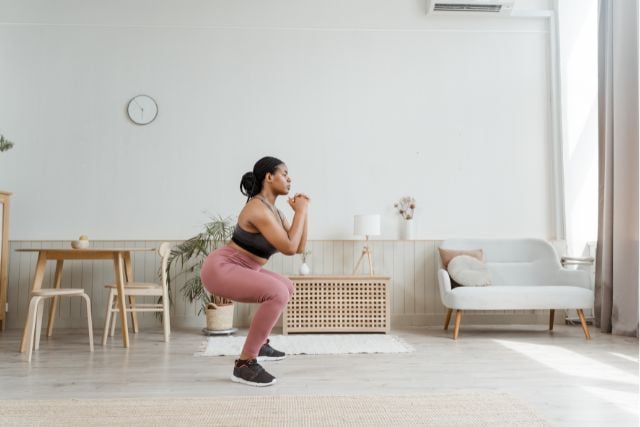
When to do it? Can’t leave the house, but need to move.
Do each for 30 seconds, rest 30 seconds:
- Arm circles (both directions)
- Bodyweight squats (slow and controlled)
- Standing hip circles
- Reverse lunges (step back, not forward)
- Wall push-ups
- Marching in place
- Side bends with arms overhead
Go through twice, then stretch for 5 minutes.
Why does it work? Keeps all your joints moving without beating you up.
6. The Full-Body Stretch (25 minutes)
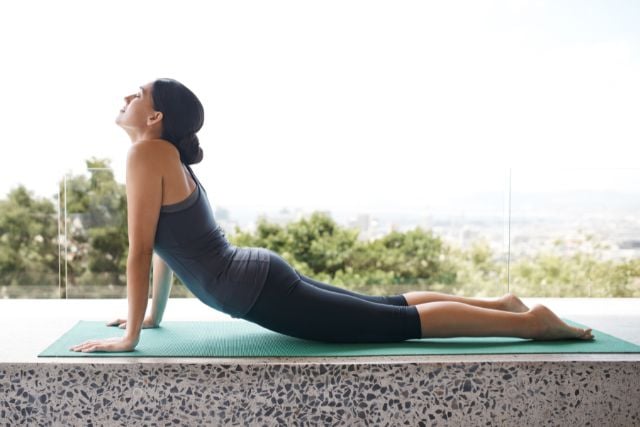
When to do it? End of the day, when everything’s tight.
Your lineup:
- Neck rolls: 1 minute
- Shoulder shrugs: 1 minute
- Chest stretch against the wall: 2 minutes
- Hip flexor stretch: 3 minutes each leg
- Hamstring stretch lying down: 3 minutes each leg
- Figure 4 glute stretch: 3 minutes each side
- Spinal twist lying down: 2 minutes each side
- Child’s pose: 5 minutes
The goal? Hold each stretch until you feel the tension melt away.
7. The Dance Break (15 minutes)

When to do it? When you need fun more than structure
Simple plan:
- Put on 3-4 songs you love
- Moving, however, feels good
- Include your arms, gentle bouncing, and hip circles
- End with slow, flowing movements
Why does it work? Combines gentle cardio with pure joy. Your body and mood both win.
Signs Your Rest Day Workout Routine Is Working
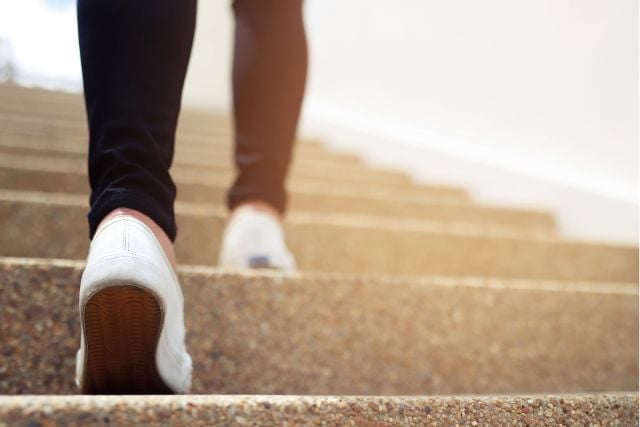
You’ll know it’s working when:
Week 1-2:
- You can walk down stairs without wincing
- Morning stiffness disappears faster
- You sleep better on recovery days
Week 3-4:
- Less soreness overall
- Better mood and energy
- Workouts feel stronger
Month 2 and beyond:
- Faster recovery between sessions
- Fewer aches and pains
- You actually look forward to movement days
Red flags that mean dial it back:
- More tired after rest day workouts
- Soreness gets worse, not better
- You dread doing them
Here is the goal. Your rest day workout routine should leave you feeling refreshed, not wiped out.
How to Make Your Rest Day Workout Routine Stick
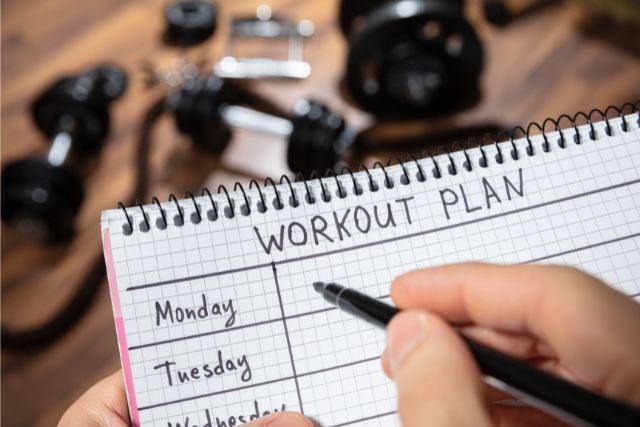
- Don’t try all seven at once. Pick your favorite and do it consistently.
- Even 10 minutes counts. Build from there.
- Some days you’ll want gentle yoga. Others call for a walk. Honor what your body’s telling you.
- Put it in your calendar. Treat it like any other appointment.
- Notice the difference between active recovery days and couch days. Your body will show you what works.
How Often Should You Do Your Rest Day Workout Routine?
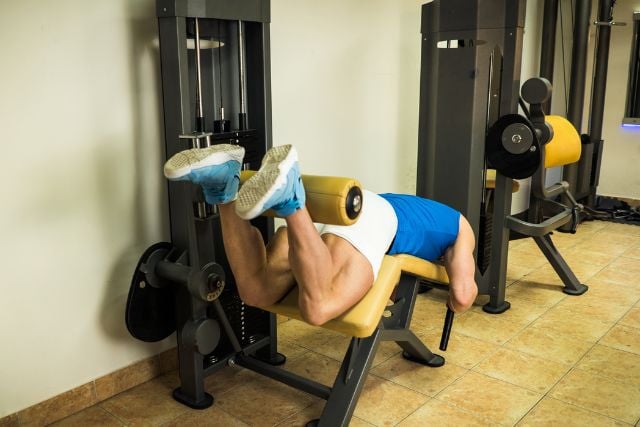
The sweet spot? 2-3 times per week between your regular workouts.
After leg day? Always do something the next day. Your legs will hate you less.
After upper body? Light movement helps, but you can get away with complete rest if needed.
Always listen to your body. Feeling run down? Take a full rest day. Feeling stiff but energetic? Move gently.
The weekly breakdown:
- 3-4 intense workout days
- 2-3 active recovery days
- 1 complete rest day
Remember that more isn’t always better. Quality beats quantity every time.
Don’t Screw This Up
- If you’re sweating buckets or out of breath, you’re doing it wrong. Scale back.
- Soreness is normal. Sharp, shooting pain is not. Stop if something feels wrong.
- Simple wins. You don’t need fancy equipment or complex routines.
- Even 5 minutes of movement beats zero. Do something.
Final Thought
Here’s the truth. Your muscles don’t grow during workouts. They grow during recovery. Make that recovery active, and you’ll bounce back faster, feel better, and crush your next workout.
Stop treating rest days like punishment. They’re not days off, they’re part of the process.
Pick one routine from this list. Try it this week. See how you feel the next day. Chances are, you’ll sleep better, move easier, and actually look forward to getting back in the gym.
Your rest day workout routine should feel like taking care of yourself, not another chore. Start simple. Stay consistent. Your body will thank you.
Ready? Pick your favorite routine and make it happen. Your future self is counting on you.


